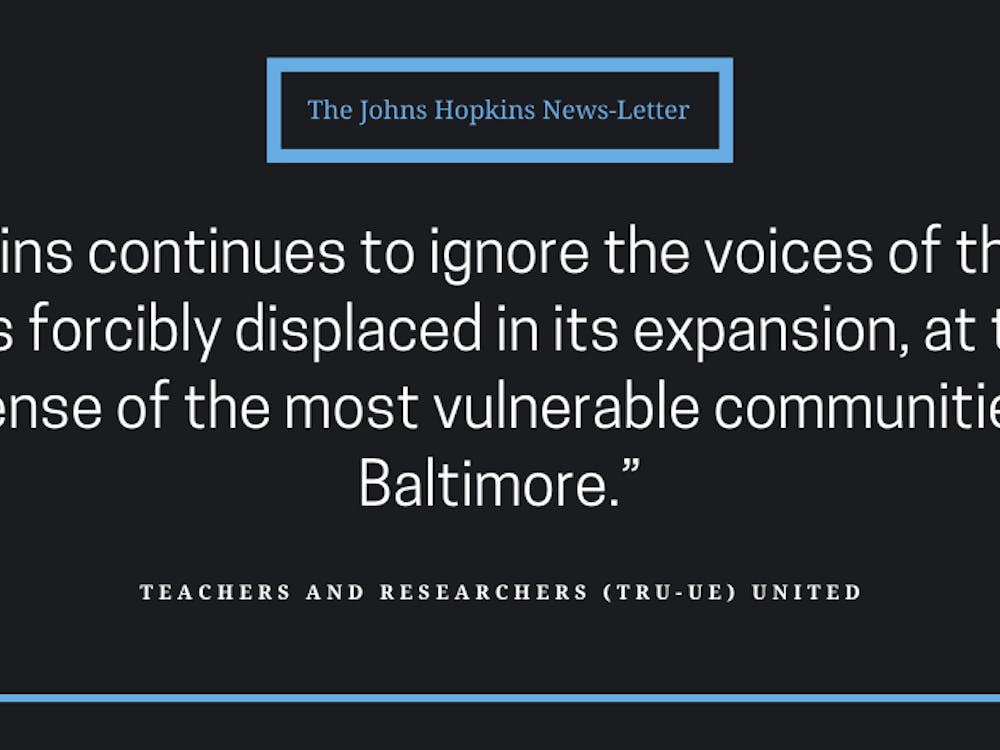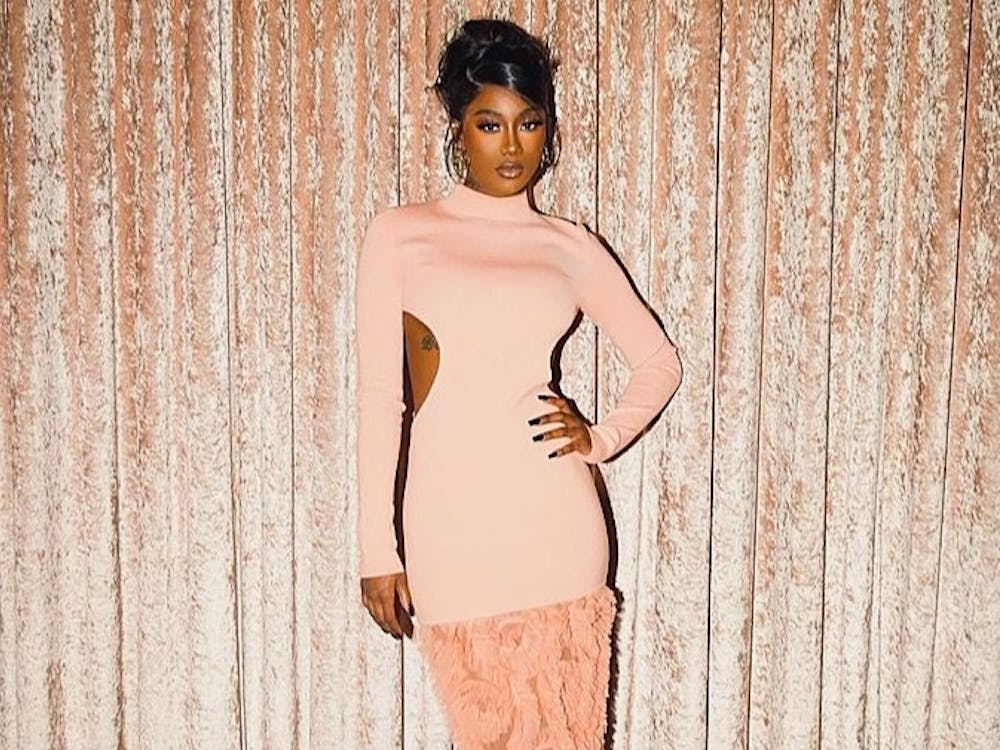A video accusing The Daily Grind café in Brody Learning Commons of falsely advertising its cup sizes attracted student attention when it made the rounds on Facebook earlier this month.
Freshman Chanjun Steve Park filmed the 12-second experiment using two differently sized cups from the café, the medium and the large. Park can be seen pouring liquid from the medium cup into the large one. The liquid appears to fill both sizes.
Park posted the video to his personal timeline as well as the Johns Hopkins University Class of 2017 group. As of press time, it had received over 535 likes and 29 shares.
The video is accompanied by the caption, “@johnshopkins I like how the small and the medium size cups at Brody carry the same amount of liquid.” Park later clarified that the cups were actually medium and large sizes.
A medium iced coffee, according to the café’s website, costs $1.90, whereas the large costs $2.10. Baristas fill the cups with ice and patrons then add the coffee themselves.
Greenware Cups, a line of premium compostable cold cups. Currently, the café does not list specific volumes by drink size on their in-store or online menus.
David Key, owner of the Daily Grind chain of coffee shops and Source Coffee Roasters denied that there was no meaningful difference between the drink sizes.
Citing figures from Greenware’s spec sheet, Key said that the medium cup contains more fill capacity than the actual medium-sized drink needs.
“I was unaware of the Facebook video, and after seeing it, don’t understand its point,” Key wrote in an e-mail to The News-Letter. “We provide hot drinks in 12, 16 and 20 oz. sizes. Cold drinks are available in 16 and 20 oz. The medium 16 oz. cup holds a maximum fill capacity of 18.5 oz., not 16 oz. The large 20 oz. cup has a maximum fill capacity of 20 oz.”
The experiment also did not take into consideration volume added by ice nor actual coffee or espresso content. Park does not accept these possible variations as adequate explanations.
“I don’t find any flaws in my experiment,” Park wrote in an e-mail to The News-Letter. “I guess the baristas could try to pour less into the [larger] cups, but that would be even less [product] for your money ... The cups on the bottom are labeled as different sizes yet hold the same amount of liquid.”
An independent investigation by The News-Letter revealed that the baristas actually do not adjust the amount of ice added to the cups based on the size of the cups. Both the large iced coffee and the medium iced coffee were sold with 5.33 oz. of ice. The medium did indeed hold 18.5 oz. of liquid, while the large cup held 20 oz.
Park claims that some café workers have heard about the controversy, and he hopes that The Daily Grind will provide more information about their cup sizing.
“I was surprised when I even heard some of the Brody workers realize this issue and don’t really do much about it,” Park said. “[The café] is a pretty popular place on campus, and the students deserve to know what they’re buying.”
On the original Facebook posts, some students expressed that they felt misled by false advertising. Park interprets the disparity between costs and content as a pricing tactic used to get consumers to pay more for the same amount of product and refers to sports stadiums doing the same thing.
“I originally came across a similar video on Reddit, which compared the volumes of cups for beer sold at a baseball game,” Park said.
The Daily Grind emphasized Greenware’s eco-friendliness when explaining its choice to use the company as a supplier.
“These cups are used because they are compostable and made in the U.S.,” Key said.






















Please note All comments are eligible for publication in The News-Letter.